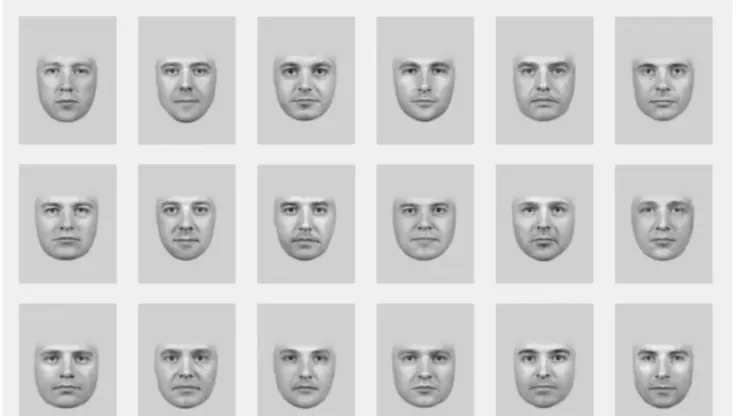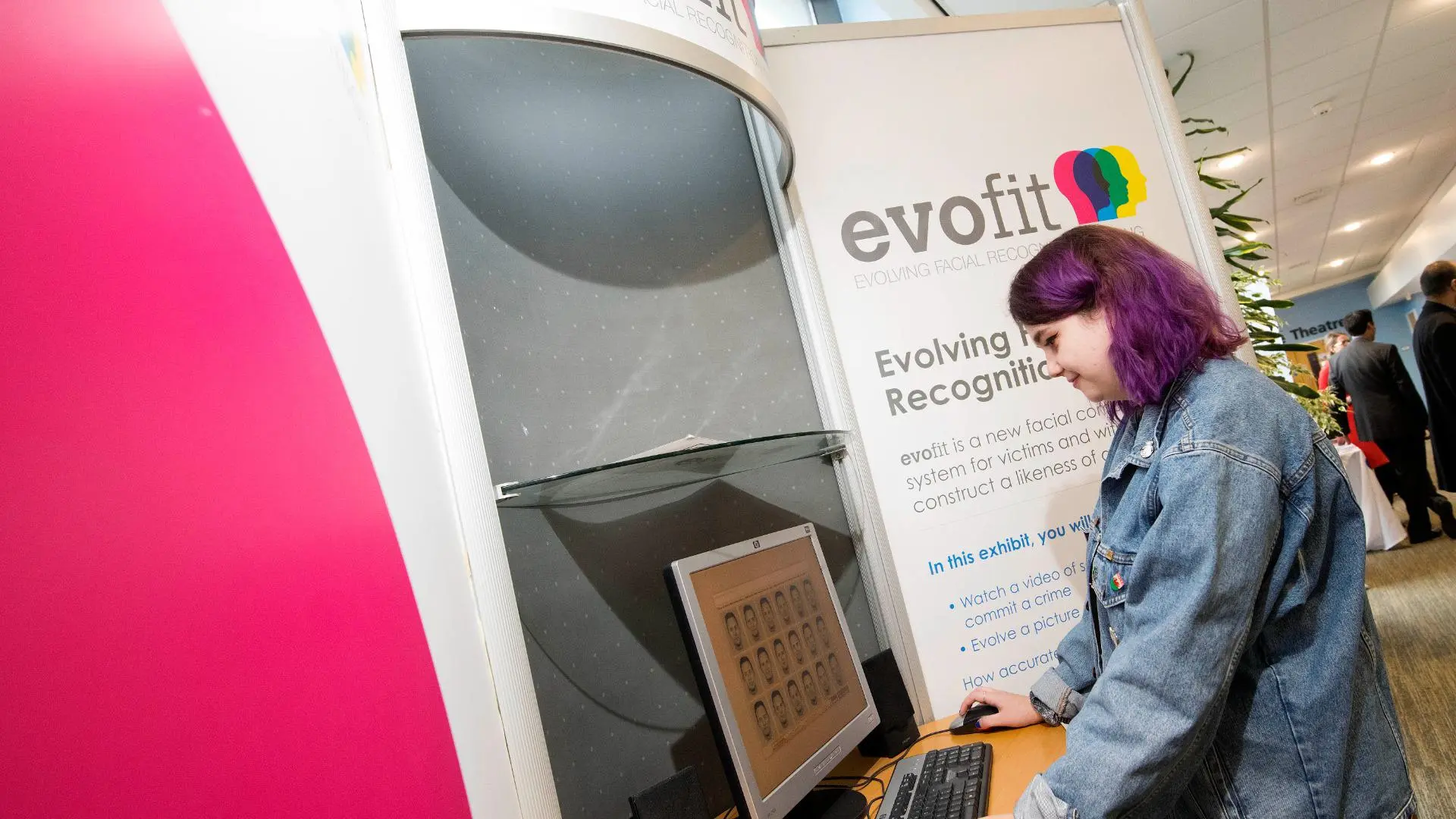Brown, C., Portch, E., Skelton, F. C., Fodarella, C., Kuivaniemi-Smith, H., Herold, K., Hancock, P. J. B., & Frowd, C. D. (2019). The impact of external facial features on the construction of facial composites. Ergonomics, 62, 575-592.
Fodarella, C., Marsh, S. Chu, P. Athwal-Kooner, H. Jones, H., Skelton, E. Wood, E. Jackson, E., & Frowd, C. D. (2021). The importance of detailed context reinstatement for the production of identifiable composite faces from memory, Visual Cognition, 29, 180-200.
Frowd, C. D., Bruce, V., Ross, D., McIntyre, A., & Hancock, P. J. B. (2007). An application of caricature: How to improve the recognition of facial composites. Visual Cognition, 15, 1-31.
Frowd, C. D., Carson, D., Ness, H., Richardson, J., Morrison, L., McLanaghan, S., & Hancock, P. J. B. (2005). A forensically valid comparison of facial composite systems. Psychology, Crime & Law, 11, 33-52.
Frowd, C. D., Erickson, W. B., Lampinen, J. L., Skelton, F. C., McIntyre, A. H., & Hancock, P. J. B. (2015). A decade of evolving composite techniques: regression- and meta-analysis. Journal of Forensic Practice, 17, 319-334.
Frowd, C. D., Jones, S., Fodarella, C., Skelton, F. C., Fields, S., Williams, A., Marsh, J., Thorley, R., Nelson, L., Greenwood, L., Date, L., Kearley, K., McIntyre, A., & Hancock, P. J. B. (2014). Configural and featural information in facial-composite images. Science & Justice, 54, 215-227.
Frowd, C. D., Skelton, F. C., Atherton, C., Pitchford, M., Bruce, V., Atkins, R., Gannon, C., Ross, D., Young, F., Nelson, L., Hepton, G., McIntyre, A. H., & Hancock, P. J. B. (2012a). Understanding the multi-frame caricature advantage for recognising facial composites. Visual Cognition, 20, 1215-1241.
Frowd, C. D., Skelton F. C., Atherton, C., Pitchford, M., Hepton, G., Holden, L., McIntyre, A., & Hancock, P. J. B. (2012b). Recovering faces from memory: the distracting influence of external facial features. Journal of Experimental Psychology: Applied, 18, 224-238.
Frowd, C. D., Skelton F. C., Hepton, G., Holden, L., Minahil, S., Pitchford, M., McIntyre, A., Brown, C., & Hancock, P. J. B. (2013). Whole-face procedures for recovering facial images from memory. Science & Justice, 53, 89-97.
McIntyre, A., Hancock, P. J. B., Langton, S. R. L., & Frowd, C. D. (2016). Holistic Face Processing Can Inhibit Recognition of Forensic Facial Composites. Law and Human Behavior, 40, 128-135.
Richardson, B., Brown, C., Heard, P., Pitchford, M, Portch, E., Lander, K., Marsh, J. E., Bell, R., Fodarella, C., Worthington, M., Ellison L., Charters, P., Green, D., Minahil, S, & Frowd, C. D. (2020). The advantage of low and medium attractiveness for facial composite production from modern forensic systems. Journal of Applied Memory and Cognition, 9, 381–395.
Skelton, F. C., Frowd, C. D., Hancock, P. J. B., Jones, H. S., Jones, B. C., Fodarella, C., Battersby, K., & Logan, K. (2019). Constructing identifiable composite faces: the importance of cognitive alignment of interview and construction procedure. Journal of Experimental Psychology: Applied, 26, DOI: 10.1037/xap0000257.
Valentine, T., Davis, J. P., Thorner, K., Solomon, C., & Gibson, S. (2010). Evolving and combining facial composites: Between-witness and within-witness morphs compared. Journal of Experimental Psychology: Applied, 16, 72 – 86.
Studying forensic psychology (BSc)
Studying forensic psychology (MSc)
Forensic research group
EvoFIT Facial Composite System


